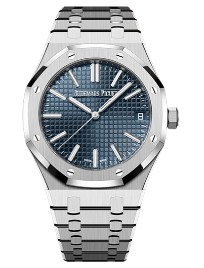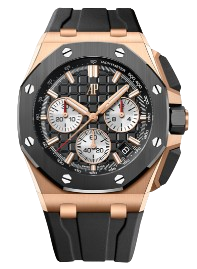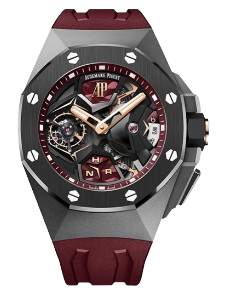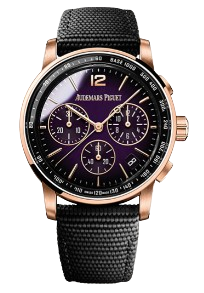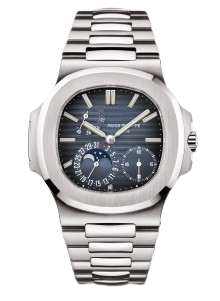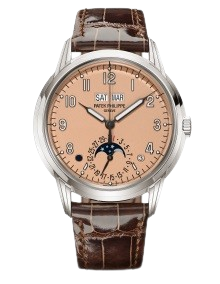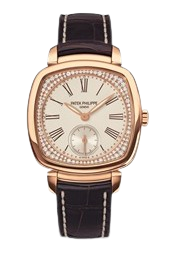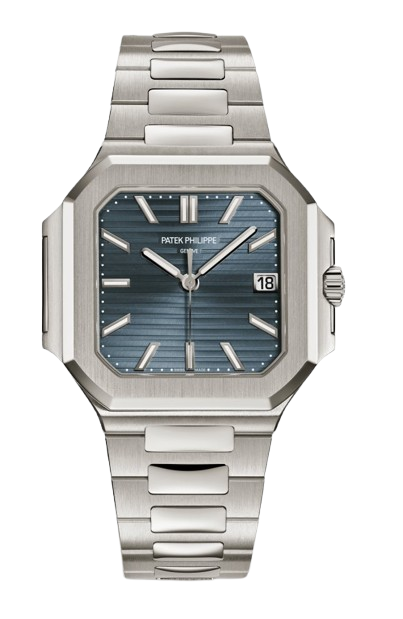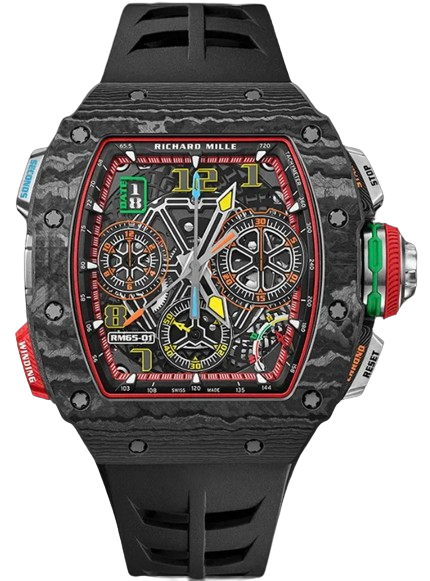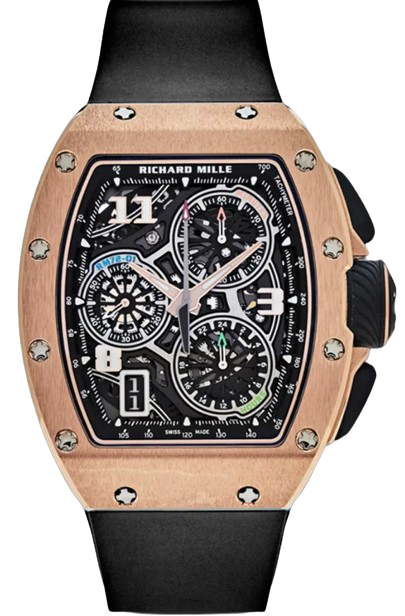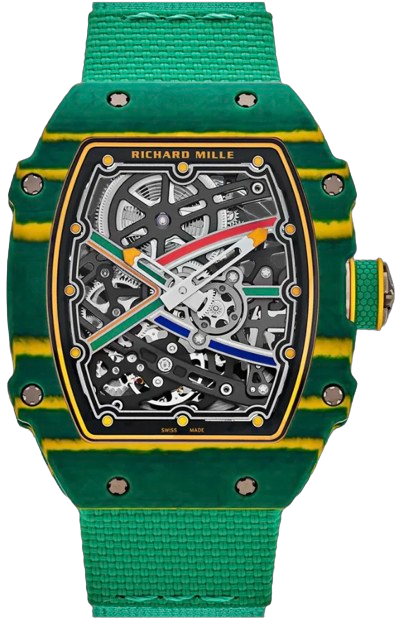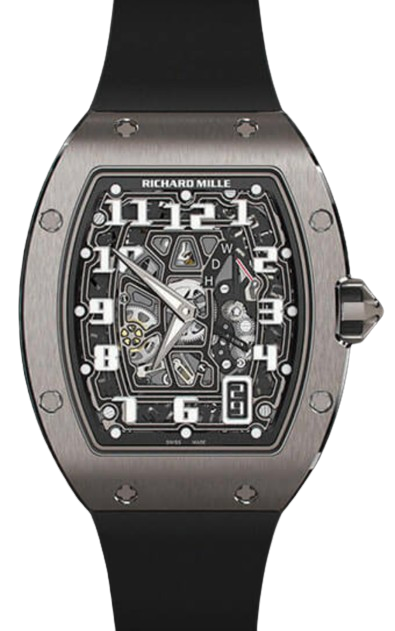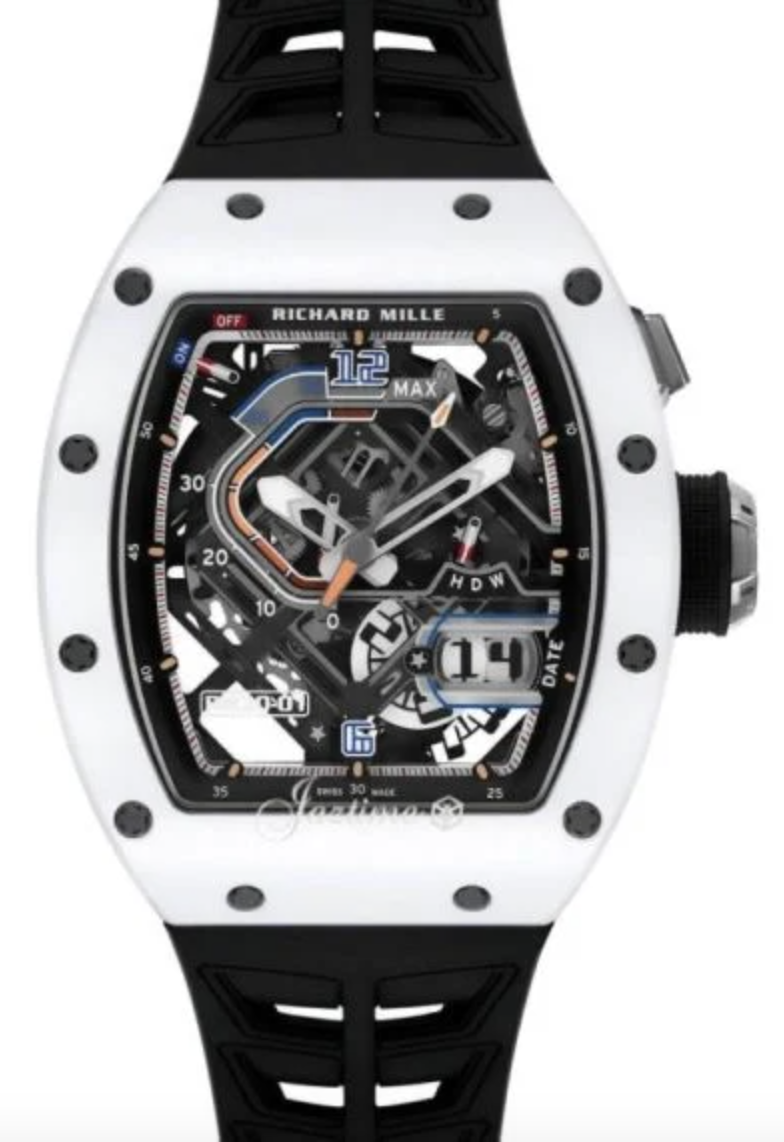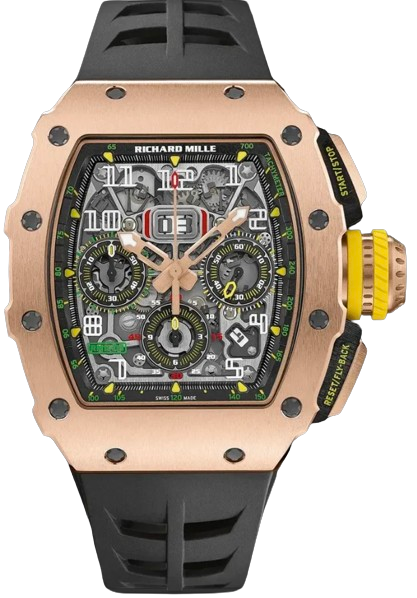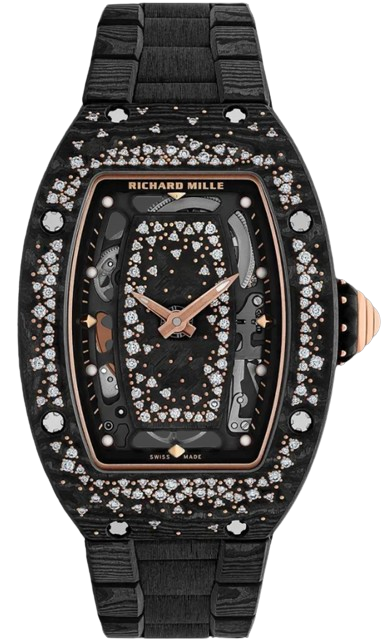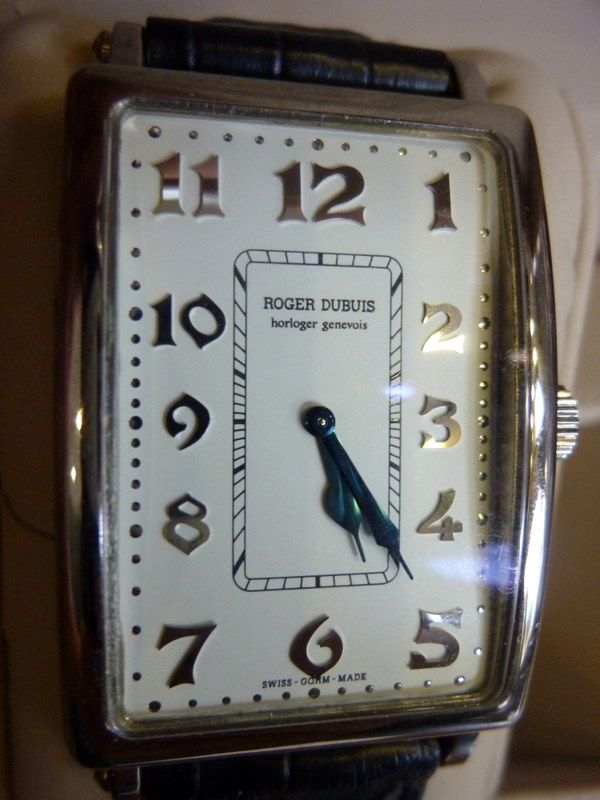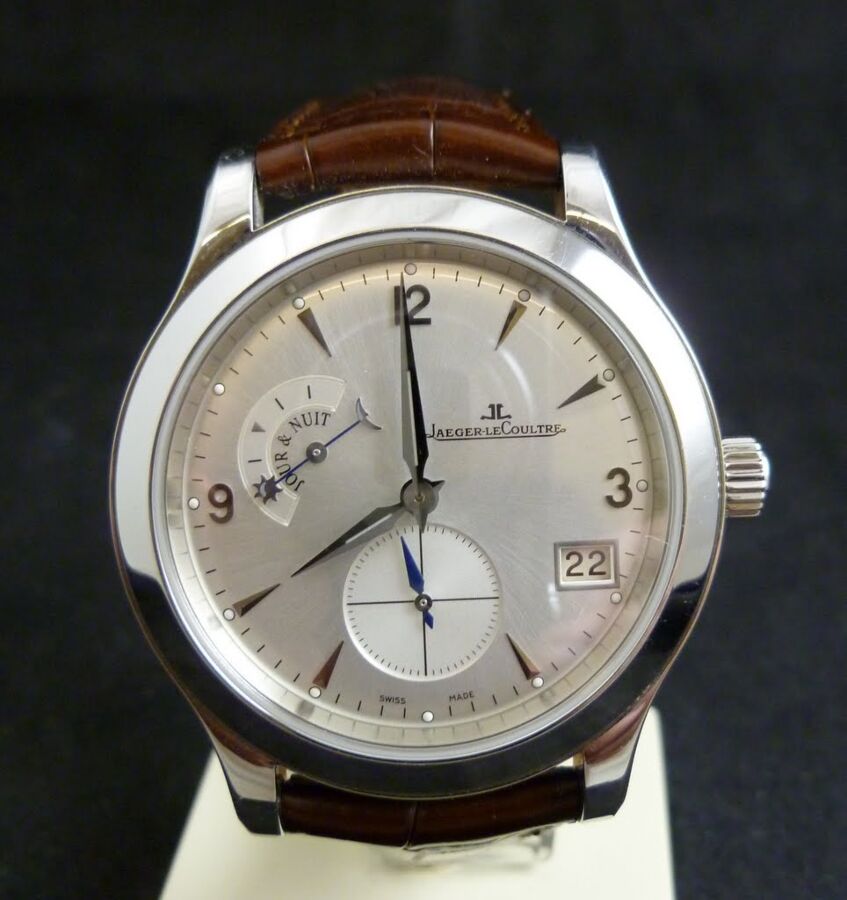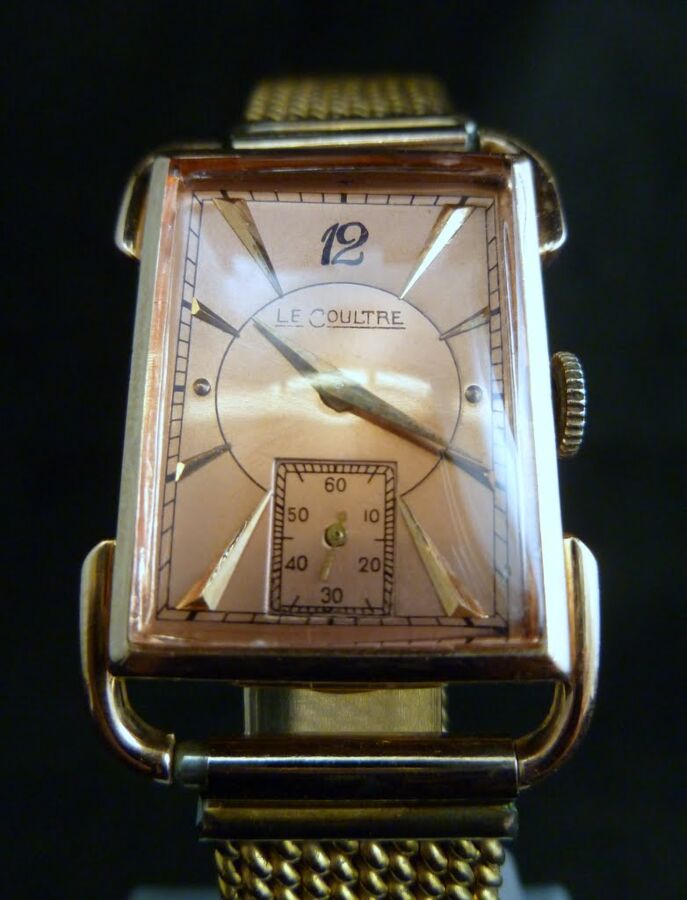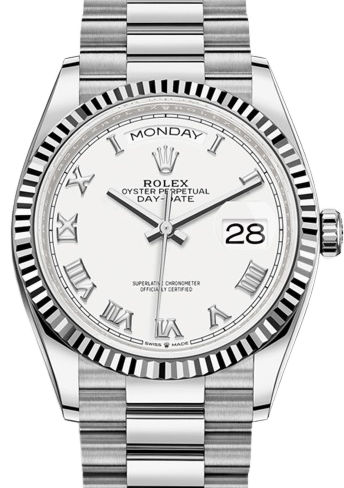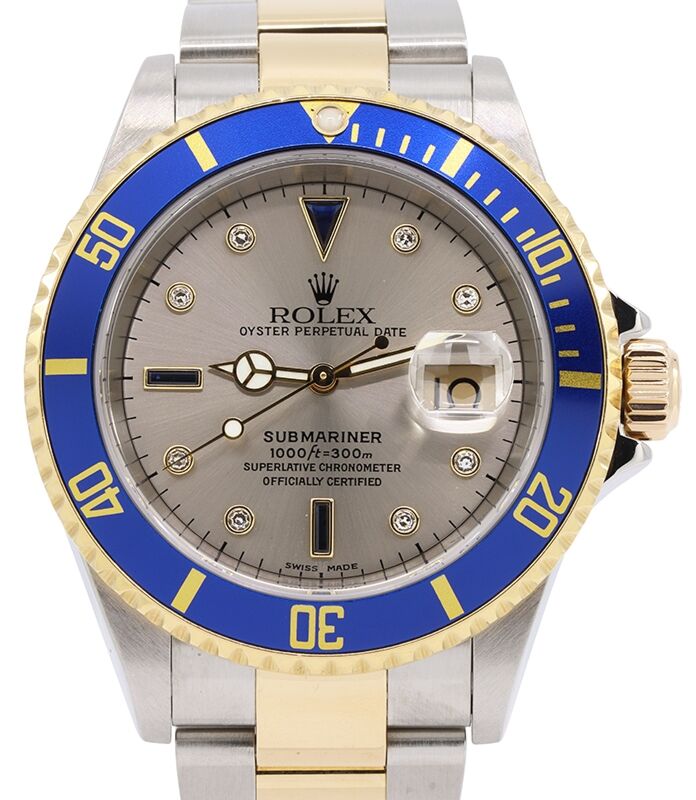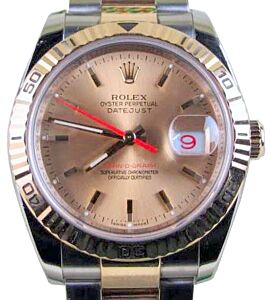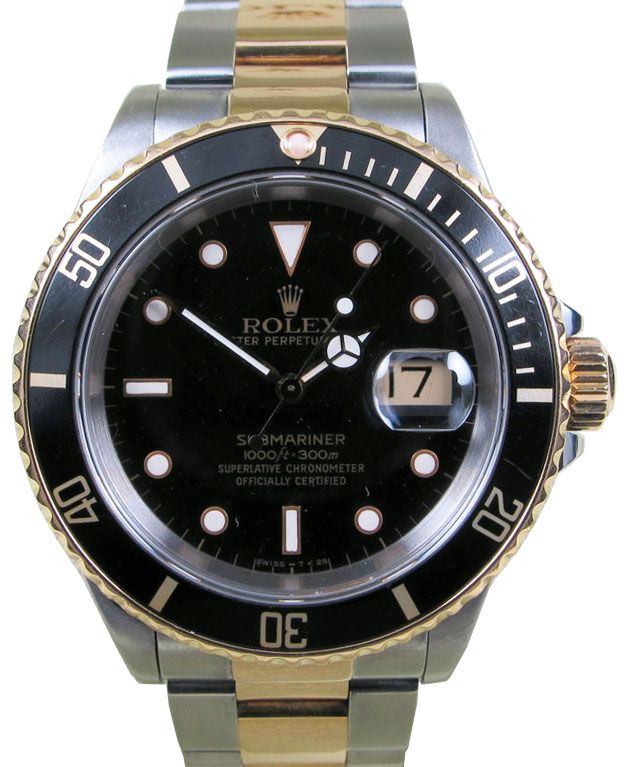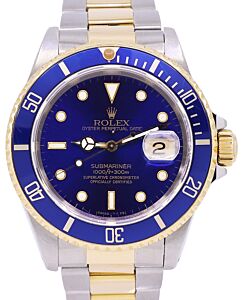Rolex - Submariner
Rolex Submariner Vintage Stainless Steel Black Dial & Bezel Oyster Bracelet 5513 - PRE-OWNED
Rolex - Submariner
Rolex Submariner Vintage Stainless Steel Black Dial & Bezel Oyster Bracelet 5513 - PRE-OWNED
Item No.
5513
AvailabilityLimited Supply
7 others view this page
$8,999
* Prices and availability subject to change at any time and does not constitute a contract
Hey guys, this is Kevin from JazTime.com. JazTime.com is an online store that buys, sells, trades authentic luxury watches. We make these videos so our customers can easily choose the best watch for themselves in the comfort of their own home. We offer the lowest prices anywhere online and if you want to know the price of the watch, just click on the links on the description below. If you enjoy our videos, we would greatly appreciate it if you would buy a watch from JazTime.com once in a while. So today, we're gonna be reviewing the Rolex Submariner. This is a older vintage model. You cannot get this watch brand new of course. This was manufactured back from 1962 to 1989. This is the model 5513. Specifically the model year that I have here is about a 1987 and 1988, so towards the end of that production time. The 5513 is a trickier model. We'll be going over the dial, bezel, case, crown, bracelet, clasp. We'll talk about the movement towards the end of the video. As I mentioned, this 5513 is a tricky model because of that large production year. There have been many numerous changes. I'll be going over just a few of the changes. I won't be going over all of them. Just to give you sort of a rough idea of what you could be looking for in a 5513 if you decide to go and purchase it as there is numerous different transitions in different parts of the watch. So specifically, as we move on to the dial first, you can see the dial hour markers I have here is a standard Maxi-style dial. Smaller hour markers with circulars at the one, two, three, four, five, six, seven, eight. And its stick hour markers at the three, six, and nine o'clock position with a triangular 12 o'clock position as well. If you look very closely, they're all fashioned in white gold. You can see a sort of slimness of the white gold kind of shine around those different hour markers. And you'll notice the text says Rolex Oyster Perpetual, the Submariner name with the water resistance right underneath it, with the 660 feet or it goes 200 meters. And at the very six o'clock position, very minor text at the very bottom, but very important nonetheless. It says the Swiss equals T less than 25, which is in reference to the tritium coded hour markers. So the exact changes of the dial like I said, this is towards the end of the production year. Towards the beginning, they started off with a gold-styled dial which the Rolex name, the Oyster Perpetual name and the Submariner and water resistance were all painted on with a gold dial, a nice glossy dial. But then sort of in production later on, they swapped from the gold dial, printed the glossiness to a matte dial which I have now with a radium loom, but now towards the end of its lifetime, so in this sort of towards the middle is the radium loom. I believe the gold dials were in production for only about four years or so when the 5513 first came out. Then they switched from the gold dial to the matte dial with radium loom and then they switched to this matte dial with the tritium loom. As I mentioned before, you can denote the dial as tritium by that six o'clock position text that says Swiss equals T less than 25. The previous models will only just say the Swiss at the six o'clock position. There's five different variations of the Maxi dial from that 1962 to the 1989, but even one of the dials including using an Explorer dial for one of the Explorer model dial on the Submariner for a few years as well. Unfortunately, I don't remember the specific years for that. But yeah, there's five different variations of the Maxi dial. This was when the hour markers were, didn't even have this fashioning of the white gold around the hour markers. There were just these flat loom painted on hour markers, and then there is even times when the hours markers themselves were much, much larger, much larger as well, so larger circular hour markers and larger index hour markers as well. One thing that I mentioned about the text at the six o'clock position, so you'll see that the Submariner. This says the Submariner and then the 660 feet and 200 meters, the text here at the six o'clock position even got changed multiple times throughout its lifetime as well. The Submariner text could've been underneath and the water resistance above the Submariner and then you could have the 200 meters equals 660 feet. So reversed first, so you can have meters first or you could have feet first. They changed a lot with this watch, so when you're looking at the 5513, you can look at the year of the watch and you can kinda see those differences in changes. You'll see many different variations of the 5513 which is really cool. It's a very, very unique style watch. The hands I believe did not change though. We still have the Mercedes-style hand with the minute hand as well. Specifically for this one, this watch did not have, I believe, the hour and minute hand were repaired so it doesn't have that sort of tritium, sort of cream-coloredness to it as tritium over time does get oxidation, so it sort of creates from being this sort of white color to this sort of creamy, creamy dirty coffee color which just looks absolutely gorgeous as it's natural to the tritium dials and just vintage dials in general. So one thing to mention about the crystal here, I have a sapphire crystal for the watch. There is only one major change is, when it started production, it was using an acrylic domed, sort of plastic crystal before they switched to the flat sapphire crystal. I believe the exact change of that was towards the end of the production year which was around 1981 or so when they actually started to first put out that flat sapphire crystal in place of that acrylic crystal. They still had some acrylic crystals being produced past that 1981, of course as they just wanted to get through their back stock of that. But like I said, the flat sapphire crystal started to be in the production of the 1981 before it decided to hit the market with that. But moving on to the bezel now, the bezel is just a simple aluminum, aluminum bezel. I don't believe there's any changes to the bezel itself so it was just a metal aluminum style bezel. It is unidirectional, only going one direction to the left, does not change to the right. And it's used to track elapsed time such as if you wanted to track how fast you run a mile, you can set the period out to the minute hand, and then check the time for minute indices all around the bezel itself, of course marked by the 10, 20, 30 in Arabic numerals, each fat index being a sort of five-minute increment of the bezels. You can see this thick one first is five, then 15, then 25, 35, so on and so forth. Moving on to the case now. The case sizing is a 40-millimeter case sizing, and I can actually show you that here. So I do have my caliper with me. So we'll go ahead, turn that on. It might be off just by a few points but there you go. In diameter, we have that 40 millimeters in diameter. So once again, I measured from top right lug to bottom left lug. That's 40 millimeters in diameter. But one thing I really do like about the older style of watches is that they hadn't moved on to the super case yet that we have now. So we have these very beautiful thin lugs, thin case sizing that won't sort of encumber the wrist as much. It feels very nice to wear throughout the day. We have this nice beautiful high polish on the sides. You'll see holes on the side of the case and that's actually where you would remove the bracelet from their pinholes. So you would just press those through, press those inwards with a certain tool and you will be able to pop out the bracelet if you need to adjust it with additional links or such. On the other side, we still have that same high polish. One notable difference between modern-day Submariners and the vintage one is that modern-day Submariners use a nice high polish on the side of the bracelet. This one uses a beautiful brush steel polish on the side of the bracelet. The crown itself has a Rolex crown logo and it's used for two functions. First one is, well, we're gonna go ahead and unwind it first into the first position. This is where you'll wind the watch. About 15 to 20 winds is all you need to get the watch started once more. And then pulling the crown out to the next position will stop the seconds hand or the hack movement for precise time settings so you can set this watch to the atomic clock online down to the exact seconds while being able to move the hands bi-directionally as well. Pressing the crown back in will start that seconds hand or the hack movement once more. And always make sure to screw the crown nice and tight against the case as you want to keep this watch water resistant. Specifically for the Submariner, you're looking at 200 meters or 660 feet. All right, moving on to the bracelet now. So I believe there's two different changes with the bracelets. The older style's bracelets used to be instead of the solid links, they used be a sort of folded steel links. There's even a time where these watches actually shipped out with a rubber strap as well. But this one, like I said, this is towards the end of the production year so we have the solid links here, double style end link. As you can see, as is the first link is split into two, a nice brush steel just throughout the whole wash, a nice tapering from the first linking downwards for comfortability. You can see older style clasp as well sort of mimicking the look of the links. And on to the other side as well. Then moving onto the clasp. Now, the clasp is a safety folding Oyster clasp. The safety being this little hinge here that sits on top of that folding Oyster, opening up to reveal these nicely high-polished clasp blades with the Rolex name embossed onto each blade. Okay. And then of course behind the clasp, we have the adjustment of the clasp of the bracelet itself. You can adjust with these little pinholes here, similar to how the case has the side pinhole here. You just press these little pinholes in with a tool, and you'll be able to adjust the bracelet. So neat feature. Obviously back then, it was made for divers in mind so this would be able to adjust for additional clothing around the wrist for divers. Okay. Moving on to the movement now. It's housed in this case backing. For this one, I don't believe the case backing should be high polished. I believe this specific one that we've got in was engraved previously, so we had to remove the engraving. But it did have, this seems pretty much is this Oyster case backing here that houses the movement. Specifically for the movement, there's two types of movements used for the 5513. The first movement was the 1530 movement. That was the first movement that the 5513 first shipped out with. Then Rolex decided to sort of save a manufacturing cost so they created which was the 1520 movement which was taking over the place of the 1530. I believe the 1530 was discontinued around the mid '60s or so before the 1520 took its place in the 5513. Even though they toned down for the manufacturing cost, you would think that the quality would not be as good, but it's Rolex. They still made a quality movement that actually was, they didn't even wanna submit the 1520 movement for certification, but it still made it within the chronometer certification as well. The exact changes from the 1530 to the 1520, I believe was that the hairspring used to be a Breguet Overcoil but instead they used a flat hairspring in place of that instead of that Breguet Overcoil. They used a stick regulator instead of the Microstella which was originally found on the chronometer movements at the time for the 1530. I think the 1530 got it towards the end of its lifetime before 'cause the 1530 predates the 1520 of course by quite a few years. The 1530 was only recently had that Microstella regulator instead towards that sort of end of its lifetime, that sort of mid 1960s time. But yeah, so those are just basically the two major differences that they changed from the 1530 to the 1520 to sort of cut down on those manufacturing costings, but it still ended up being a very robust and accurate movement nonetheless. So basically overall, about the 1962s to the mid '60s would have a 1530 movement, and from then to now would be a 1520 movement. Okay, so let me go ahead and show you this watch on my wrist now. So quite a few differences on this watch. All right! Okay. Okay, so there's the watch on my wrist. It's a very beautiful vintage-style watch. Really kept its look. Like I said, the profile of it, very nice and slim so it doesn't feel cumbersome on the wrist and just feels absolutely nice to wear. And that tritium cream-colored on the dial just absolutely pops and it just looks magnificent. So if you're interested in this watch or any other watch for the lowest possible price, check out our website at JazTime.com for the lowest prices guaranteed. We offer a one-year warranty. And if you liked the video, please like, comment, subscribe below. Thanks for watching. Hope to see you guys soon!
Products from the same series
Rolex Day-Date 36 118239-WHTSFO White Index Fluted White Gold Oyster - BRAND NEW
Retail Price:
Regular Price
$32,550
Save: $5,951 (18%)
Our Price:
Special Price
$26,599
Rolex Datejust Turnograph 116263 Champagne 18k Yellow Gold Stainless Steel
Retail Price:
Regular Price
$9,900
Save: $901 (9%)
Our Price:
Special Price
$8,999


